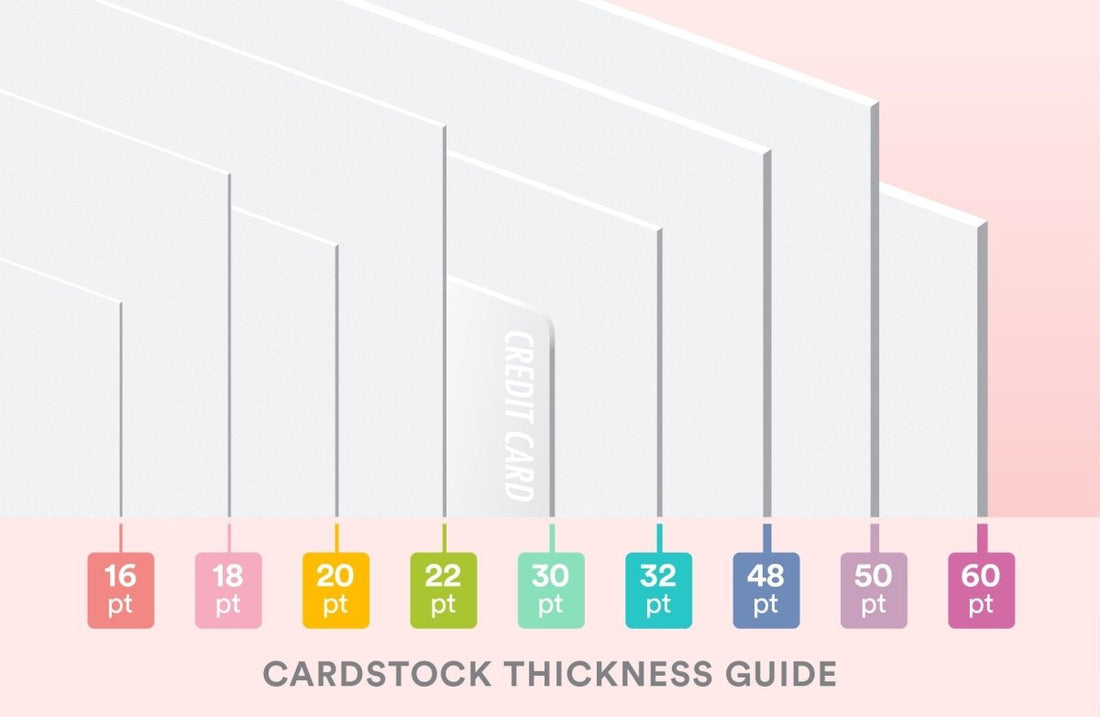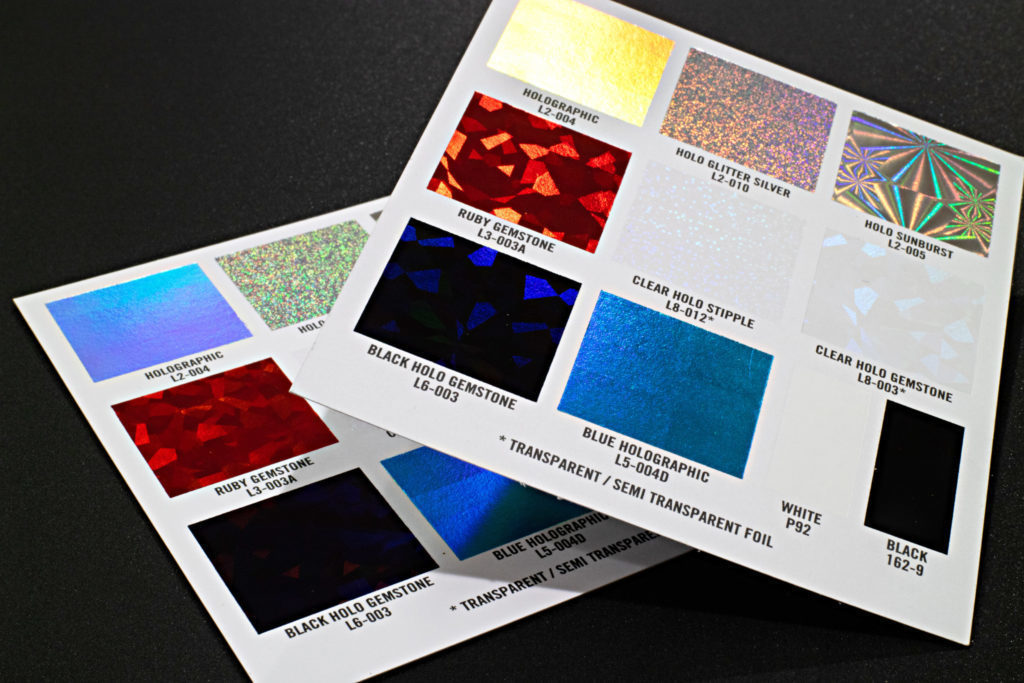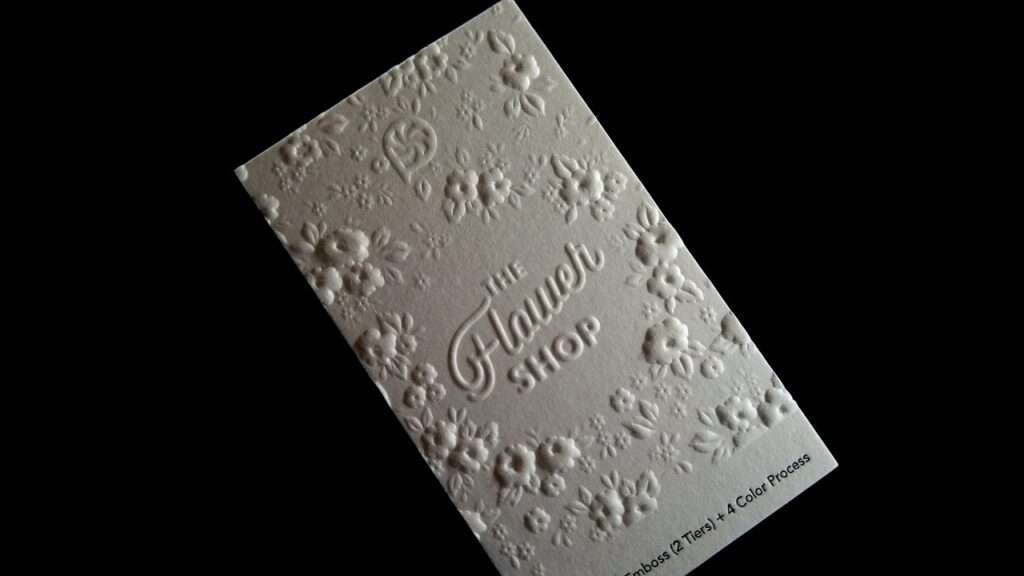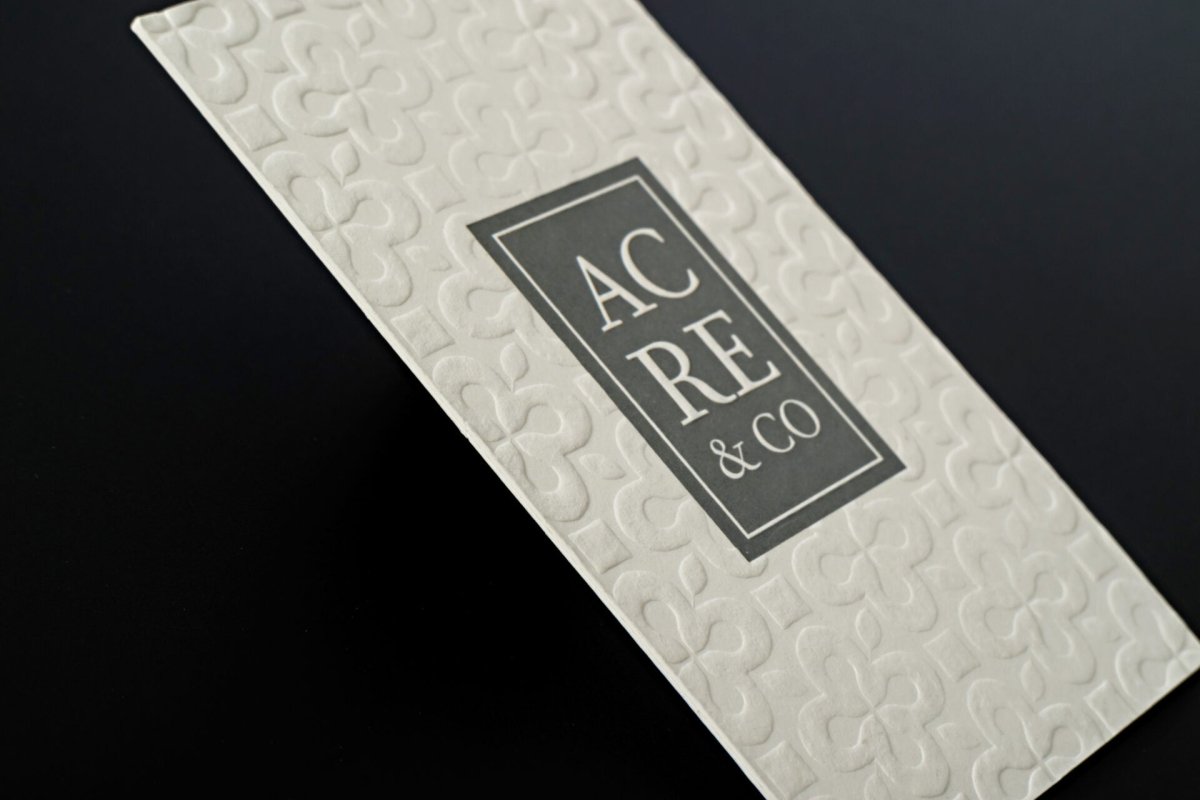
How Thick is a Business Card: Explained
adminShare

Business card paper GSM and thickness explained
No matter what profession we choose, business cards are the first impression of the brand and what it is trying to achieve. The card stock is measured in points for business cards; with a variating thickness corresponding to different thicknesses.
A business card is the most important aspect of the business, startup or even a person, as they are extensions of the brand and that maybe you or an organization; sometimes the first items that can make the biggest impact. While the design, shape, and layout can make a significant difference, the card stock is the most important one, as it can help one decide on the shape, the printing required and most importantly, make an impression.
Common choices for business cards
There are three main types of paper that are used for business cards. There are thicker varieties that are also used, however, most of the times, they are customized orders that are more expensive than the regular choice.
The popular thickness for the cards is14-point cardstock (thick), 16-point cardstock (thicker), and 100 lb. gloss cover (thin); these are the most affordable and common ones.
Understanding the point system for card stocks
100 lb. gloss cover is really thin paper, that can easily bend and fold. The question then is, how this is a business card? These are not visibly bad quality paper, but the main drawback is that it may not last as long as the other types of stock for visiting cards, and also is the least expensive option. However, they wear out easily as the paper is lighter and can tear.
14-Point Card:
The 14-point card is much thicker than the 100 lb. gloss paper, and is usually used in postcards, flyers, and brochures.
They do not bend as easily and last much longer.
The quality of the paper is good, without being very expensive and is ideal for startup and small businesses, although designs for this type may be limited.
16-Point Card:
The 16-point card is made of the same type of paper used in folders and cards.
This is much thicker and of higher quality than the other two types.
These are more expensive to order comparatively and have lesser variations of design, however, they do make an amazing impression for the brand or the business.
Other Options:
One can choose higher point papers suiting the brand’s requirements. 32-point or 48-point card stock may also be used. There are many designs and shapes that can be customized to suit business requirements.
The 32-point thickness card will be twice the thickness of a 16-point paper and the 48-point thickness paper will be almost as thick as a nickel.

Understanding the actual thickness of the paper
The point system is for the thickness of the cards, and an explanation in layman’s terms is required. The thickness of the cards is measured in points, and each point is 0.001 inch. To give a fair idea, the general thickness of our hair is 0.002 to 0.006 inches.
Therefore:
- 14 pt: .014 inches
- 16 pt: .016 inches
- 32 pt: .032 inches
- 48 pt: .048 inches
The compounded thickness of card stocks
While all companies produce regular 16-point and 14-point cards, the thickness can go up quite high. After 32-point card thickness, that is not only of superior quality but also, thick enough for it to be almost indestructible.
The thickest stock for business cards ends at 48-point. This is extremely thick and allows the business to create elaborate die-cut designs and shapes without compromising the quality of the cards. These are the most expensive cards to print and mostly should be chosen in case of elaborate logos and designs.
The 16-point card is inexpensive to produce and has limited designs and choices. Also, these are not very thick, and cannot ensure the longevity of the card.
The 32-point card is thick and double-layered, assuring longevity and making an impression at the same time.
The 48-point triple layered cards are the best quality that one can find. It can withstand die cuts designs, shapes, deep imprints, textural varieties, and vibrant colors. One can use the business cards as a work of art, as these cards will last for a very long time and can be one of the most memorable ones, depending on the design and print that is chosen.
Coated versus uncoated stock
Regular card stock is available without coating, and they are fairly inexpensive to print and make. However, coated card stock retains a lot of vibrancy of colors after printing as opposed to the uncoated ones.
The coating can make inexpensive cards last a long time. The coated card will also not absorb as much ink as an uncoated one, making this a better option for shaper and clearer printing and images on the cards.
The coating ensures that the cards do not tear easily and protect the cards for scratches and fading. Coating simply makes the colors look brighter and more appealing in the design.
Thickness comparison
The thinnest cards are used for events and occasions that can be distributed without feeling the pinch at 100 lb gloss paper. Therefore, how this is a business card? The gloss coating ensures that the cards last longer than it would have otherwise.

The next best stock is 14-point stock which is also good and inexpensive, but may not be customized into special designs.
The standard thickness is the 16-point business card, that can tolerate basic customizations without intricate or elaborate designs, and it is affordable for most.
The heavy 32-point card stocks can be used to make an impression and also it can withstand relatively elaborate designs. These are great when the company is trying to make an impression.
The heaviest and the fanciest option is the 48-point cards which can withstand elaborate cuts and designs and really are the best quality of visiting cards that can be printed.
Whichever card thickness is ideal for the business should be chosen, as business card designs are revised in many companies and organizations annually to keep the designs fresh. As business cards are the first steps towards good marketing for a brand or a person, they should be chosen with as much care as possible.
Paper Thickness Conversion Chart



